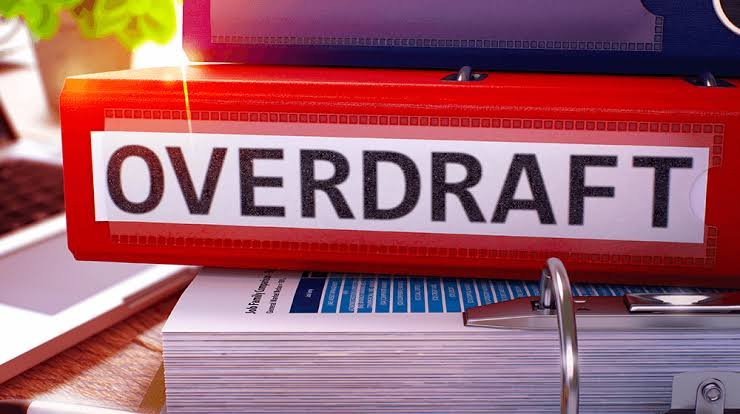When starting or running a small business, having access to financing is often essential for everything from purchasing inventory and equipment to managing cash flow. But with so many financing options out there, how do you know what’s best for your business? Let’s compare some of the most common small business financing methods – business loans, lines of credit, and overdraft protection – outlining the pros and cons of each.
Business Loans
Business loans provide lump sum financing that gets paid back over a set repayment term. The pros of business loans include:
- Large upfront capital amount to execute major purchases, renovations, or other investments. This enables immediate access to the funds needed for growth and expansion.
- Fixed interest rates mean predictable monthly payments that simplify financial planning and cash flow management. Interest rates typically range from 8-16% based on specific loan terms and borrower credit profile.
- The funds can be used for major business purchases like equipment, machinery, furniture and fixtures that may be ineligible for other financing options. This flexibility makes term loans ideal for upgrading infrastructure.
- Longer 2-5 year repayment terms allow time for the business investment to start generating returns and cash flow to cover the loan payments. Shorter repayment periods may not provide adequate time.
The downsides of business loans include:
- Strict eligibility requirements based on personal credit history, length of time in business, and adequate operating revenue to cover payments. Newer businesses often don’t qualify.
- Collateral-like business assets, property, or equipment, are often required to secure the loan. These could be seized in case of default.
- Substantial early repayment fees and penalties can make refinancing a business loan costly if cash flow improves ahead of schedule.
- Inflexible set payment amounts determined upfront. This could be challenging if business revenues decline, forcing the owner to cut costs or bring in capital to fulfil loan obligations.
Lines of Credit
Lines of credit provide revolving access to funds that can be drawn down as needed. The benefits include:
- Flexibility in borrowing only the specific amount required at a given point. This prevents paying interest on borrowed funds that stay idle.
- Interest is paid only on the outstanding balance, reducing costs if the credit line is used sporadically.
- The ability to access the funds multiple times up to the approved limit allows for responding to varying capital needs.
- Typically faster application and origination process than traditional loans. Lines of credit rely more on business cash flow.
The potential disadvantages involve:
- Variable interest rates that fluctuate with market benchmarks. Rates can start as low as 10% but rise up to 18% or higher over time.
- Lower initial approval limits until the business builds a strong credit history with the lender, usually over 12-24 months.
- Annual reviews required where the lender re-evaluates business finances. The credit line could be reduced or discontinued based on changes in perceived risk.
- Higher interest rates compared to fixed rate term loans since repayment periods are shorter. The lender faces greater risk.
Overdraft Loans
Overdraft loans link a business checking account to a backup funding source like a savings account or line of credit to cover sudden shortfalls. This offers:
- Convenient access to emergency funding as needed to cover checks or debits that would otherwise bounce due to low account balance.
- No need to reapply for new financing every time small amounts of capital are required. The backup source automatically kicks in when the account is overdrawn.
However, overdraft loans can also be problematic:
- Much higher interest rates than other financing options – usually around 18% or more.
- Accruing fees for each overdraft transaction even if repaid quickly. Some banks charge per day, and the account stays negative.
- Typically, the overdraft amount offered is limited, which might be insufficient for larger needs.
- Risk of overdependence on easy access to capital without factoring long-term business financial management.
Making the Best Financing Decision
Assessing factors like the amount required, planned use of funds, ideal repayment period, interest cost sensitivity, and cash flow variability helps determine the best small business financing choice.
Often a combination of different types, like term loans that provide large upfront capital complemented by lines of credit for flexibility to operate smoothly, is most effective. With the variety of modern options available, small businesses have more ability than ever to get the growth funding they require in a strategic manner.
